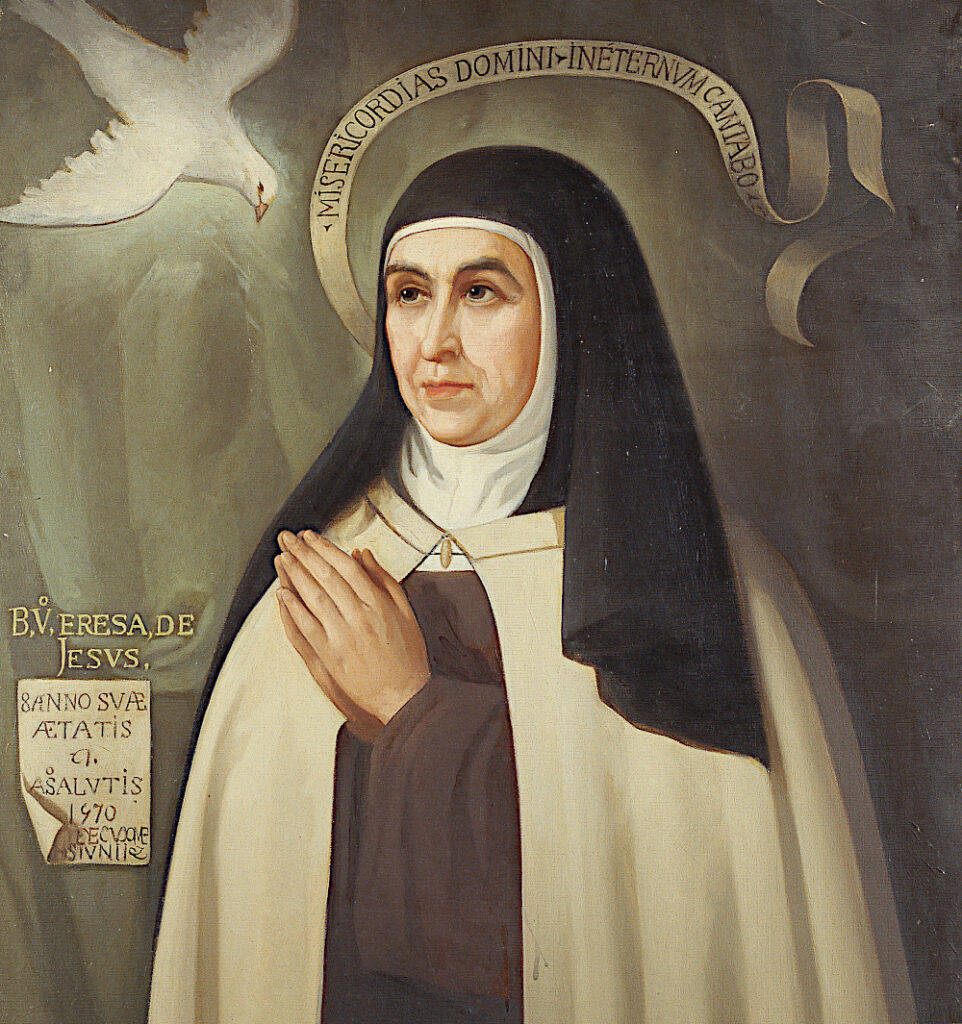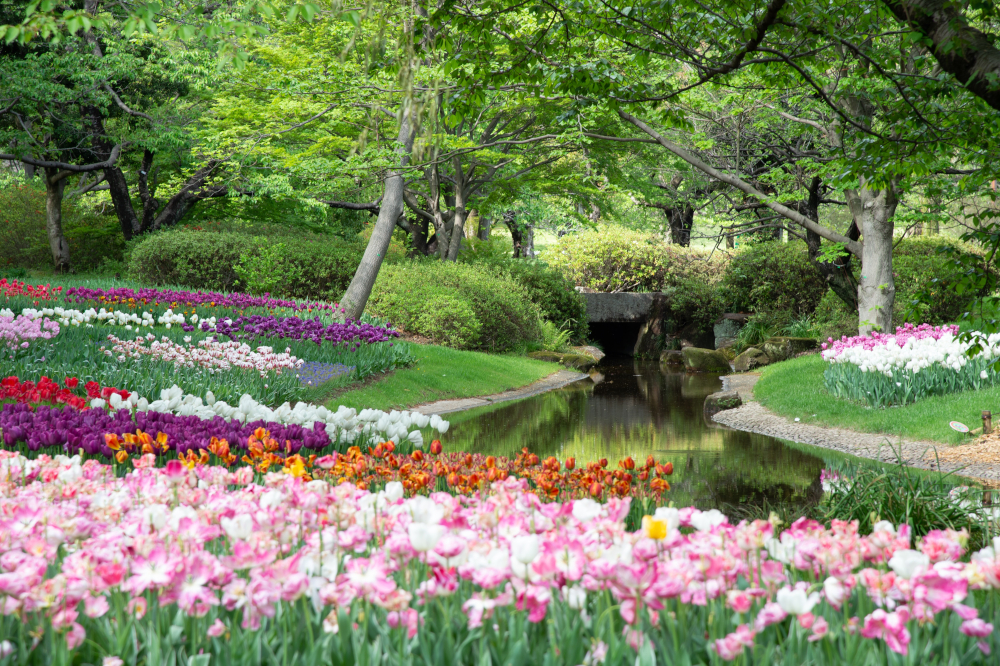Teresa entered the Carmel of the Incarnation in Avila in 1536.
She lived there for about 20 years until she felt sure that God was indeed asking something more of her.
After much heart-searching, Teresa left the Incarnation on 24th August 1562 to found St. Joseph’s, a new monastery in which she planned and hoped that the original Rule of Carmel would be kept faithfully. Initially there was a great deal of opposition but eventually Teresa was asked to found more of these houses of prayer in other cities of Spain. Over a period of twenty years she founded 15 more houses for the nuns and, in association with St John of the Cross, at least two for the friars.
Teresa introduced a fresh orientation into Carmelite life combining silence and solitude with community living.
Prayer was to be the apostolic outreach, the work of her nuns.
She sought strong communities of prayerful women who could contribute to the life of the Church through the turbulent period of the Reformation. She wanted a place where people were humbly and authentically themselves, where all were equal.
Her communities were small and the simple liturgies left time for intimate, contemplative prayer. For Teresa a measure of holiness was how joyful and sociable the person was.

Name: Teresa de Ahumada
1515: Born in Avila, Spain
1536: Enters the Carmelite Order.
1563: Opens a reformed convent of St Joseph’s in Avila
1568: Assists John of the Cross in founding Discalced Carmelite Friary reform.
1565-1580: writes spiritual books including Interior Castle.
1582: Dies in Alba de Tormes
1622: Canonised in Rome by Pope Gregory XV
Quote from Saint
Let nothing upset you, let nothing startle you.
All things pass; God does not change.
Patience wins all it seeks.
Whoever has God lacks nothing:
God alone is enough.Today’s Scripture
John 4:4-15 New Revised Standard Version, Anglicised Catholic Edition
So Jesus came to a Samaritan city called Sychar, near the plot of ground that Jacob had given to his son Joseph. 6 Jacob’s well was there, and Jesus, tired out by his journey, was sitting by the well. It was about noon.
7 A Samaritan woman came to draw water, and Jesus said to her, ‘Give me a drink’. 8 (His disciples had gone to the city to buy food.) 9
The Samaritan woman said to him, ‘How is it that you, a Jew, ask a drink of me, a woman of Samaria?’ (Jews do not share things in common with Samaritans.) 10
Jesus answered her, ‘If you knew the gift of God, and who it is that is saying to you, “Give me a drink”, you would have asked him, and he would have given you living water.’ 11
The woman said to him, ‘Sir, you have no bucket, and the well is deep. Where do you get that living water? 12 Are you greater than our ancestor Jacob, who gave us the well, and with his sons and his flocks drank from it?’ 13
Jesus said to her, ‘Everyone who drinks of this water will be thirsty again, 14 but those who drink of the water that I will give them will never be thirsty. The water that I will give will become in them a spring of water gushing up to eternal life.’ 15
The woman said to him, ‘Sir, give me this water, so that I may never be thirsty or have to keep coming here to draw water.’
Thought for the Day
Teresa describes prayer as being initially hard work, akin to going back and forth watering a garden from the well. If we persevere prayer becomes a little easier, more like watering the garden with a watering wheel. As we continue to deepen our prayer, the experience flows more easily like a stream providing irrigation. Finally, prayer is understood as God’s gift, it falls freely like rain to water the garden. The initiative is entirely with God. The period when Teresa describes experiencing prayer in this fourth way was the busiest period in her life, founding Carmelite monasteries all over Spain. There is a real link between this prayer and action.
How would you describe your own experience of growing in prayer?
Perhaps you would like today to take a walk with God around your own “well-watered garden” and have a conversation about what you notice there.
